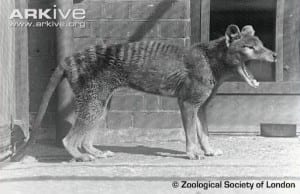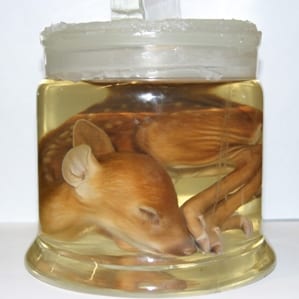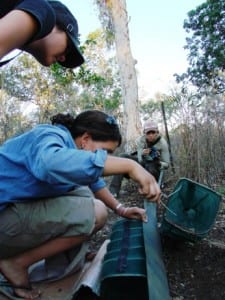Happy Thylacine Day: we haven’t learned – just look at the badgers
By Jack Ashby, on 7 September 2011
Picture this: an animal in a zoo dies of exposure one night because the door allowing it to return to the inside area of its enclosure was accidentally locked shut. It’s early Spring and southern Tasmania gets pretty cold – a wire and concrete cage is no place for a warm-blooded creature to be kept outside. Pretty awful, eh?
Well that’s what happened to the last known thylacine 75 years ago today. The neglect itself would be shocking for any individual, let alone the sole known member of a species – the only remaining taxon in an entire family of animals. That day, a whole branch of the tree of life fell off. Well, in truth it was cut off. (more…)
 Close
Close








